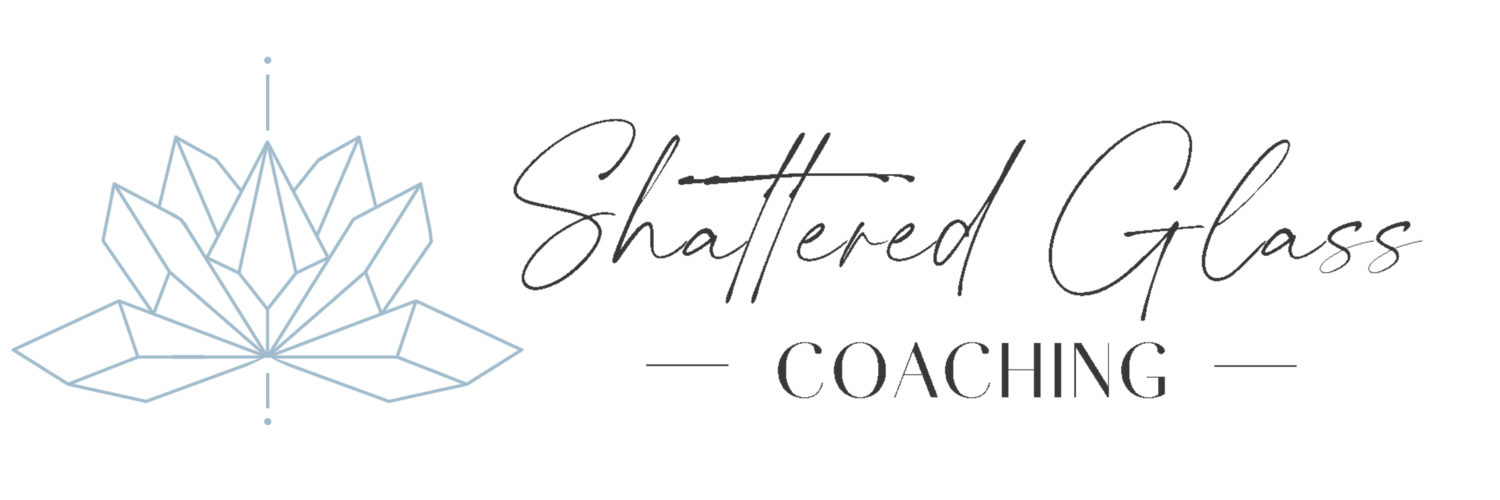From Rejection to Redirection: How Getting Rejected Can Become an Advantage in Your Job Search
That rejection email stings, doesn't it? The one that starts with "Thank you for your interest, but..." and effectively ends with your dreams of landing that perfect role crushed.
I know that feeling intimately. And if you're in the midst of a job search, chances are you do, too.
But what if I told you that those rejections (yes, even the ones that feel particularly personal) could become your greatest advantage in finding a role that truly aligns with your skills, values, and desired lifestyle?
This isn't about empty positivity or pretending rejection doesn't hurt. It's about developing a strategic approach to transform career setbacks into stepping stones toward greater professional freedom and fulfillment.
Why Rejection Feels So Personal (The Science Behind the Pain)
Job rejection hurts. And there's legitimate science explaining why.
When you receive a job rejection, your brain processes it in regions that also activate when you experience physical pain. Research from the University of Michigan found that social rejection triggers the same neural pathways as physical pain, which explains why that "thanks, but no thanks" email can feel like a punch to the gut.
There's also the identity factor. As professional women, we often inadvertently merge our sense of self-worth with our careers. Each rejection can feel like a personal judgment, not just of your resume or interview performance, but of your value as a professional, and even as a person.
Add to this the uncertainty that accompanies job searching (Will I find something? How will I pay my bills? Am I making the right choices?), and you have the perfect storm for rejection to feel devastating.
Understanding this neurological and psychological response is the first step to transforming how you process rejection. It's not just you being "too sensitive.” Your brain is literally wired to experience this as pain. Give yourself permission to feel the disappointment while also creating space to move beyond it strategically.
How Setbacks Often Lead to Better Opportunities
Here's a perspective shift that has helped hundreds of my clients: rejection often redirects you to opportunities better aligned with your authentic self.
Have you ever looked back at a job you desperately wanted but didn't get, only to realize later that it would have been a bad fit? Maybe the company culture would have sucked your soul, or perhaps the role would have locked you into a career trajectory that limited your growth potential.
One of my clients, Jennifer, was rejected from what she thought was her dream job at a prestigious big tech firm. She was devastated, questioning her entire career path. Six weeks later, she landed a role at a smaller firm that offered remote flexibility, a boss she adored, and creative freedom she would never have experienced at the larger tech company.
"That rejection wasn't a closed door," she told me later. "It was a redirection to a place with so much more freedom."
When you adopt this perspective, each rejection becomes less about what you've lost and more about what you're being guided toward. It's not about forcing artificial positivity but rather viewing your career journey with curiosity: "If not this, then what might be better aligned with who I am and what I truly want?"
The Strategic Recovery System: Your Step-by-Step Bounce-Back Plan
Now let's get tactical. How exactly do you transform rejection from setback to setup for success? I've developed a Strategic Recovery System that has helped my clients navigate rejection while maintaining momentum:
Step 1: Allow the Initial Response (24 Hours): Give yourself permission to feel disappointed. Trying to suppress natural emotions only prolongs their impact. However, set a firm time limit (I recommend 24 hours) to experience these feelings before moving to action.
Step 2: Conduct an Objective Review (Day 2): After the emotional intensity has subsided, review the process objectively:
What parts of the application/interview went well?
Where might there have been disconnects?
What questions or scenarios caught you off guard?
Were there signs that the role might not have been ideal for you?
Document these insights without judgment. This isn't about criticism, but strategic learning.
Step 3: Identify Growth Opportunities (Day 2-3): Based on your review, identify specific areas for growth:
Do you need to strengthen certain skills?
Could your communication of accomplishments be more compelling?
Are there industry trends or tools you should become more familiar with?
Did the job interview reveal aspects of work culture that are non-negotiable for you?
Step 4: Implement Immediate Actions (Day 3-7): Develop concrete steps to address key insights:
Update your resume with stronger accomplishment statements
Practice responses to challenging interview questions
Refine your list of target companies or roles based on clarified priorities
Schedule networking conversations to strengthen industry connections
Step 5: Redirect Energy to Active Opportunities (Day 7 and beyond): The most important step: shift your focus to possibilities still in play or new opportunities that might be better aligned. Rejection creates space for something better to emerge, but only if you're actively engaging with new possibilities.
My client, Michelle, implemented this recovery system after a particularly disappointing job rejection. She tole me, "The structured approach kept me from spiraling. By day four, I had actually turned the rejection into valuable insights that made my next interviews significantly stronger."
Mining for Gold: How to Extract Valuable Feedback From Every "No"
One of the most underutilized resources in a job search is feedback from rejections. While not every company provides specific feedback (and some have policies against it), there are strategic ways to extract valuable insights.
When Feedback Is Offered
If you're fortunate enough to receive specific feedback, approach it as gold. Listen without getting defensive, take detailed notes, and thank the person for their candor. Specific criticism is a gift and it gives you concrete areas to address rather than leaving you guessing.
When Feedback Isn't Explicitly Offered
In most cases, you'll need to be proactive:
Request a brief follow-up conversation: "I appreciate your consideration and would value any insights that might strengthen my candidacy for similar roles in the future. Would you be open to a 10-minute call?"
Ask specific, non-defensive questions:
"Were there specific qualifications where I fell short compared to other candidates?"
"Was there anything about my interview approach that didn't align with your company culture?"
"What advice would you give me if I were to apply for similar roles in the future?"
Read between the lines: Sometimes feedback comes indirectly during the interview process. Did they emphasize certain skills repeatedly? Did they seem concerned about specific aspects of your experience? These subtle cues can provide valuable insights.
One of my clients, Rachel, received specific feedback that during interviews, she was highlighting her previous company's processes rather than demonstrating her own professional judgment. This insight helped her realize she wasn't owning her expertise and was instead relying on her former employer's reputation. In our next coaching session, we practiced framing answers that showcased her personal viewpoints (using “I” language and talking about her individual contributions) while still highlighting her experience at the previous company. In her next interview, Rachel consciously shared her own perspectives on HR scenarios and her individual accomplishments and contributions. Two weeks later, she received an offer with the company! The feedback Rachel got transformed not just her interview approach, but how she valued her own professional voice.
The 24-Hour Rule: How to Process Disappointment and Return to Action
The key to making rejection work for you rather than against you is managing the transition from emotional response to strategic action. This is where the 24-Hour Rule becomes invaluable. Here's how it works:
First 24 Hours: Feel It Fully
Allow yourself to experience disappointment without judgment
Use physical movement to process emotions (a walk, exercise, dance)
Confide in one trusted person who will validate your feelings without feeding negativity
Avoid making major decisions or sending important communications
Transition Point: Conscious Closure
After 24 hours, create a symbolic closure to the emotional processing
Write down what you're leaving behind ("I'm letting go of disappointment about...")
Write down what you're moving toward ("I'm moving toward opportunities that...")
Physically change your environment to signal the transition
Beyond 24 Hours: Strategic Action Only
Redirect conversations about the rejection toward lessons learned and next steps
Implement your feedback insights through concrete actions
Focus energy on opportunities still in play or new possibilities
Celebrate your resilience through the process
The 24-Hour Rule provides a structured framework to transform rejection from a setback into forward momentum. By intentionally allowing yourself one day to fully experience disappointment, you create necessary emotional space without getting stuck there. After this deliberate processing period, purposefully shift into analytical mode, taking valuable insights and implementing specific action steps. This clear boundary between feeling and strategizing prevents rejection from derailing your job search for days or weeks, turning what could be roadblocks into valuable redirection signals that actually accelerate your progress toward the right opportunity.
Turning Rejection Into Your Competitive Advantage
While many job seekers allow rejection to diminish their confidence and momentum, you can use it as a strategic advantage. Each rejection, when processed effectively, provides:
Clearer understanding of your authentic professional value
Refined articulation of your accomplishments and contributions
Enhanced interview skills through practical experience
Stronger alignment between your targets and genuine fit
Increased resilience that translates into executive presence
The job seekers who reach their goals fastest aren't those who experience the fewest rejections. They're the ones who extract the most value from each one.
The difference between rejection as a setback versus a set-up for success isn't in the rejection itself, but in how you process and leverage it. By implementing the strategies outlined here, you transform what most experience as career obstacles into your unique advantage.

